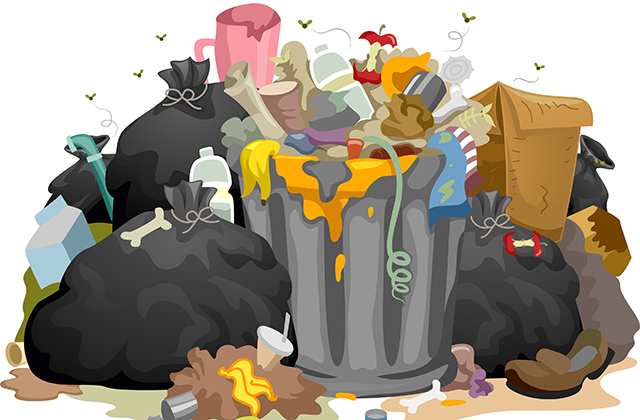How to Start a Compost Heap
Creating compost is an environmentally-friendly way of recycling rubbish or have it collected by your waste disposal Northern Beaches. It reduces the bulk of rubbish that needs to be collected from your house and saves money because you will have produced a very valuable garden product for free. The compost will improve your soil and help feed your crops in order to increase yield.
Make or buy a bin that will suit your garden. Site it in sun or partial shade and have the base of the heap in contact with the soil. You will need at least two bins or two compartments in a bin to process compost properly. Ideally, you should have three. Don’t keep the compost too close to the house. If you think your bin is unsightly, you can screen it with a trellis or a hedge.
You could opt for a wormery instead, but if you have a bin that processes dog faeces, don’t put the end-product on your vegetable patch or where children play.
The debris from your garden and peelings from your kitchen can be turned into black, crumbly, sweet-smelling compost. The larger your garden the more room you will have for a heap and the more compost it can provide for your beds. If you have a small garden, you might find that sealed, plastic bins are a more attractive option.
The composting process will take about six to twelve months. It is a good idea to mix matter as you put it in. Grass cuttings should never be dumped on top of the heap in a great mass because they will go slimy. Mix some dry matter like shredded newspaper in with them. Allow moisture and air to penetrate the heap. Forking the heap will help with this process.
If a heap has too much dry, woody material, it will not rot down quickly, so you could drench it with water if you haven’t enough green stuff to add in. Never lay on a thick layer of material because you will prevent the circulation of air; when adding matter – little and often is best.
Woody sticks will compost more quickly if you shred them. Don’t put in any that are bigger than the width of a pencil. Small twigs will help to keep air circulating inside the heap.
Perennial weed roots like dandelions or bindweed should never be thrown onto a heap unless they have been ground into tiny pieces because even a thread of root left intact will start to grow a new plant. It might be safer to dispose of these by putting them in with the rubbish. Don’t add diseased plants to the heap either.
Don’t overload the compost with citrus fruit peel or shiny magazines. Don’t put in plastic-coated paper. Never put in bones or cooked food. This will attract rats.
You can, however, add seaweed, straw from animal cages, animal fur from brushes, dust from vacuum cleaners and tiny scraps of wool and felt left over from crafting. Tea bags, coffee grounds and egg shells are all good things to add from the kitchen.
Tree leaves collected off the lawn in the autumn take twice as long as other compost to rot down, so in order to be able to add them in with the rest of the compost, you can mow them up off the lawn and put them onto the heap when they are shredded into tiny pieces. The increased surface area will ensure they rot down more quickly. Leaves don’t carry many nutrients but they do help to improve soil texture. You may choose to compost them separately if you have the room in your garden and a huge bulk of leaves to store.
Woody material and straw will be carbon rich and any green material will be nitrogen rich and a good mix of the two makes the best end-product. Compost can be used to feed plants, re-pot plants or as a weed suppressing mulch.
When a bin is filled up, leave the lid on or cover it with an old piece of carpet. When the top of the heap has stopped sinking, turn all the contents to ensure that everything is broken down and then leave it for a couple of months and it will be ready to use. The easiest way to turn the heap over is to shovel the compost from one bin into the one next to it. Have another bin to start filling up while you are waiting for the closed-off heap to mature.
If you are lucky enough to have three bins, start your first heap in the centre one. While it is covered start the next heap in an end bin and when the central heap is ready for turning it can go into the empty bin next to it. By the time the second heap is ready to be closed off the first will be ready for use so that bin can be emptied out and you will have room to continue the process.
Christina Sinclair is a lecturer and self-published children’s author with qualifications in design.
She is now writing ‘The Salty Sam Fun Blog for Children’ which is to be found on her website. The blog has articles about history, science, nature, gardening and environmental issues. It also has free craft downloads, knitting patterns, easy recipes and other projects for children. Visit it at
http://www.christina-sinclair.com/blog/
Article Source: https://EzineArticles.com/expert/Christina_Sinclair/2107289
Article Source: http://EzineArticles.com/8995400

